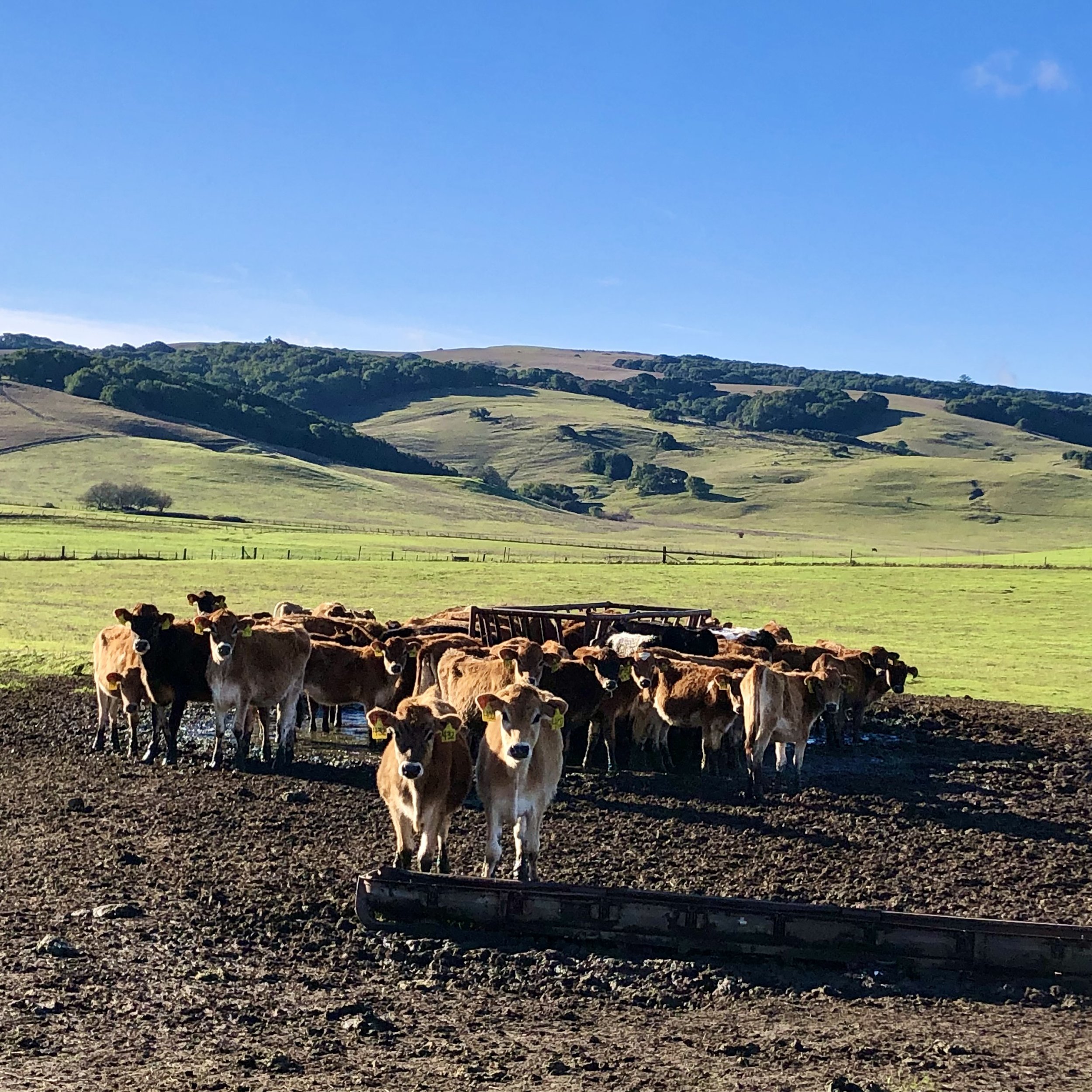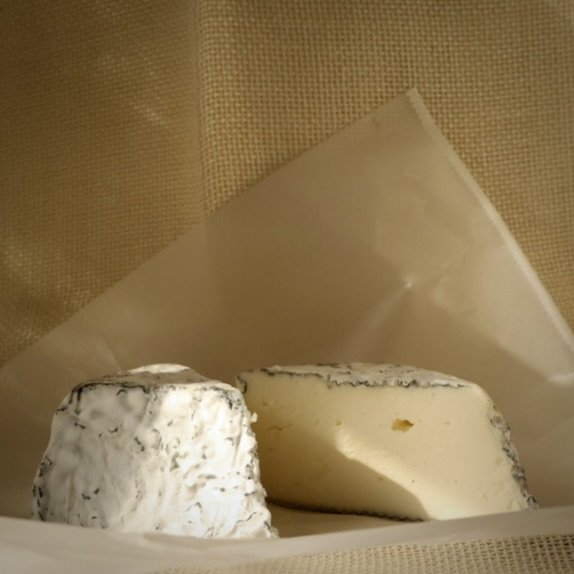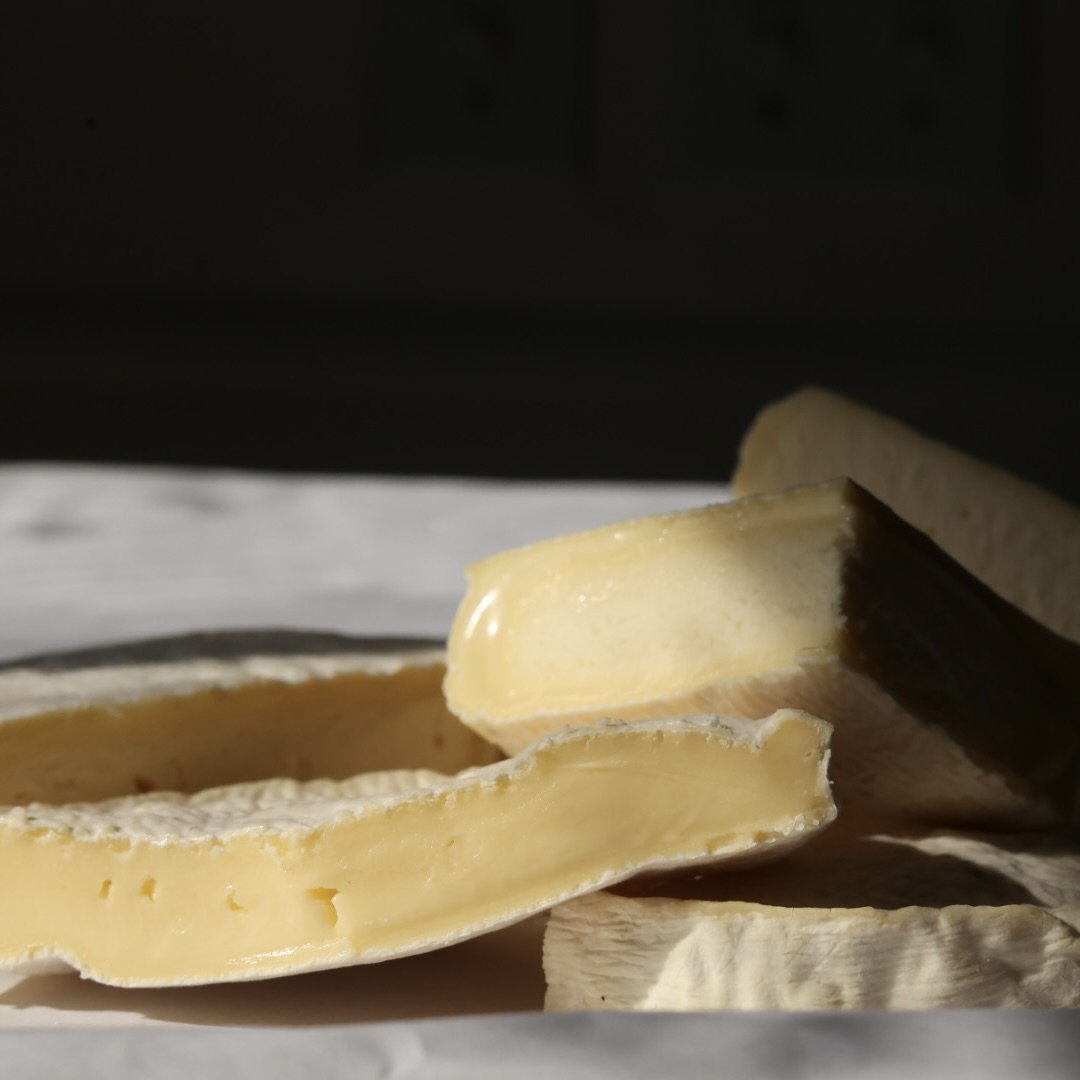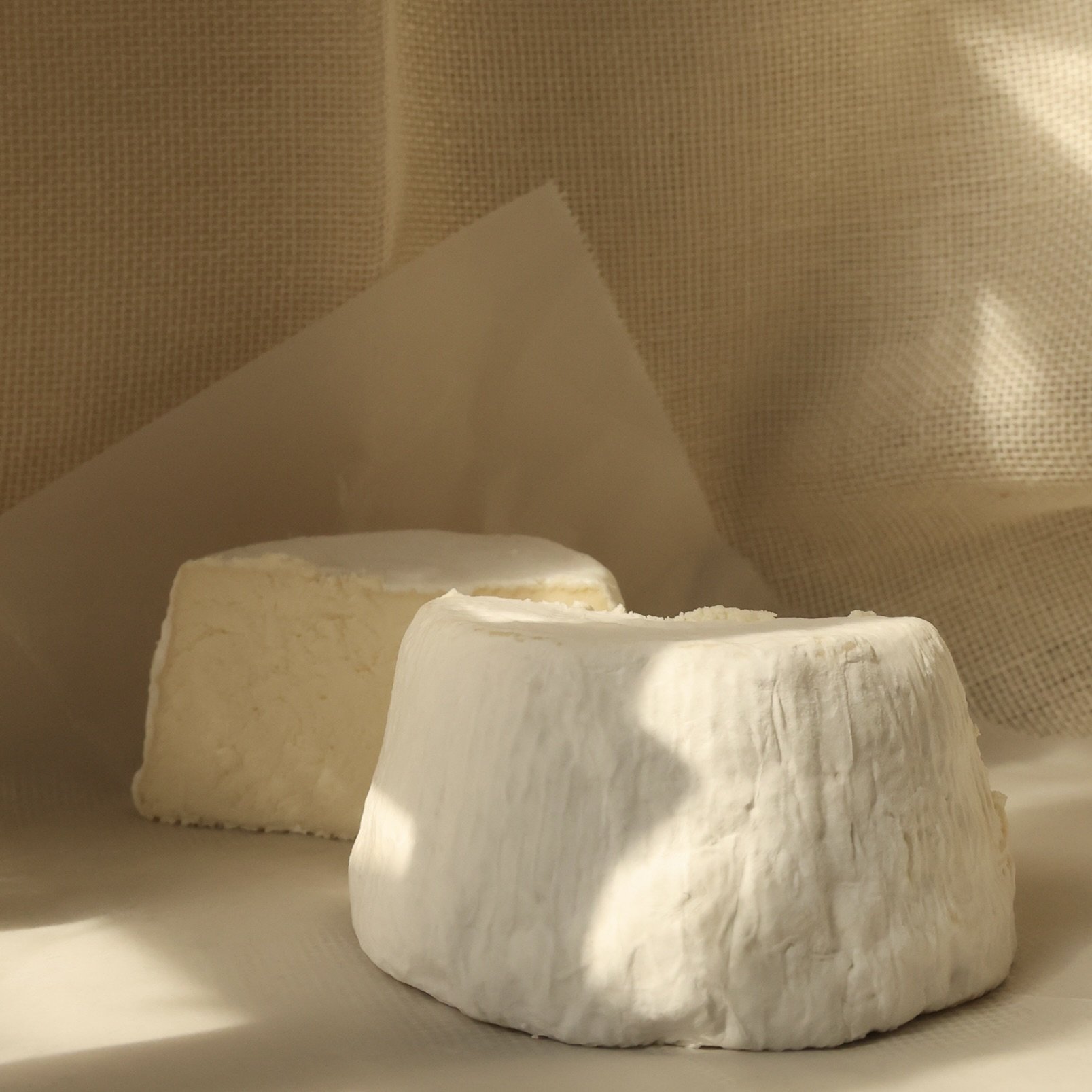Working with Jersey cow’s milk
Nowadays Jersey milk is praised for the quality of cheesemaking and the flavor. Did I choose Jersey milk for the purpose? No, I started working with Jersey milk because I did not have any other choice. When I looked for the milk source for my own cheesemaking in 1998, Jersey cows were the animals of the past time. Even though the milk quality was high and the animals were resilient, the productivity was too low to match the demand of the new market. Most of the dairy farms abandoned their animals and switched to praised Holstein, and only a few old farmers kept their beloved animals for nostalgic reasons. I met Larry Peter at Spring Hill Jersey Dairy who was full of desire for owning his own dairy but too poor to afford Holstein cows. He could not say no to me who could buy only 40-50 Gal of milk per week to carry in her small sedan.
Our humble start developed into a long-lasting friendship, and I helped him to start his own cheese business. Jersey milk symbolizes many meanings; resilience, pursuing difference, environmentally friendlier operation, and the color of gold. Moreover, I respect the people who respects and find their own meaning in work. Jersey milk is brightly yellow and thick. It has the smell of grass and clean richness. And my work starts from there.
Nocturne
Opus #1
It’s the first cheese I made. I started making cheese at the small goat dairy in St. Helena, Napa. The generous owner allowed me to use her facility when it was not in use, and I exchanged my help to clean and be her companion for the production. It was a very humble dairy with a minimal climate control nor the aging room. She was making mostly fresh chevre and some small, aged pieces. I had to use her equipment for my cow’s milk cheesemaking. I was not allowed to make any goat milk cheese not to compete against her.
Nocturne has a truncated pyramid shape with ashed rind, which we are familiar with Loire valley originated goat milk cheese. The name is from the Whistler’s painting “Nocturne” I saw impressively at Tate. It takes a long curding time, often overnight, and the curd is formed mostly by the lactic acid produced by the culture and very small amount of rennet. The curd is drained in a mold one by one and dry salted by hand. I add small amount of ash to the salt. When the cheese is very young, it has a lot darker appearance, maybe the look of a snow ball rolled in coal dirt, and when the cheese gets aged, the white fungus grows and make the shade of Whistler’s painting. The color of darkening sky along the river. The aging takes about 2 weeks This cheese is tender and delicate like the music, nocturne.
Size: 4.5oz
Ingredients: Jersey cow’s milk, starter culture, vegetarian rennet, salt, ash
Pianoforte
St. Marcelin style cheese
French cheese lovers would put St. Marcelin on top of any soft cheese. It’s a small disc-shaped soft cheese that became famous after being aged softly by the affineur in Lyon. It’s from a lactic curd which formed overnight by the action of lactic culture and a very small dose of rennet. It’s scooped in a small disc-shaped mold, salted, and aged to develop a melting texture in three to four weeks. I was honored to serve this cheese to the great chef Paul Bocuse for his birthday dinners in NYC for many years at chef Thomas Keller’s request. It’s a simple cheese to make, so it’s more difficult than any other cheese to make well.
Pianoforte is the original name of the piano. It’s the instrument that can play piano and forte freely, and the cheese speaks softly and innocently when it’s young and develops the sound of forte as it ages.
-Size: 3.5oz
-Ingredients: Jersey cow’s milk, starter culture, vegetarian rennet, salt
Alto
This cheese was born after Contralto as a sibling, and the making process is very similar to Reblochon. It’s from cow’s milk and rennet curd and washed very gently to add a hint of washed-rind characteristic. Some people asked me to make more potent washed rind cheese, but my sensitivity to smell blocked me to make anything smellier. For me, this cheese expresses the richness of Jersey milk the best. By aging, the color of pate gets deeper yellow and becomes almost buttery with the scent of grass the cows graze.
Some people asked me to make more potent washed rind cheese, but my sensitivity to smell blocked me to make anything smellier.
-size: 14-16 oz
- Ingredients: Jersey cow’s milk, starter culture, rennet, salt
Largo and Picolo
My triple cream cheese was born from the discussion with Sadie Kendall who was a pioneer of Crème Fraiche making in the US. We were passing through a long and wet winter, and we started talking about coming spring. For dairy products, when you want to light the texture and flavor up, you add cream. I came up with the idea of mixing her Crème Fraiche with rich Jersey curd to express the longing for spring, and Picolo and Largo were made. If you are looking for a French reference, these are similar to Chaource AOP. The crème fraiche is mixed in drained cow’s milk curd to enrich and put into the molds. It has the white rind from Penicillium Candiduum. Like the name, Picolo, it has a bright acidity in crumbly texture, when it’s young, and it gets softer and denser by aging. Largo is a bigger version of Picolo, and it ages slowly and makes grander flavor than the smaller version.
The aging takes a minimum of 2 weeks.
Size: Largo 10oz, Picolo 4oz
Ingredients: Jersey cow’s milk, Started Culture, Vegetarian rennet, salt






